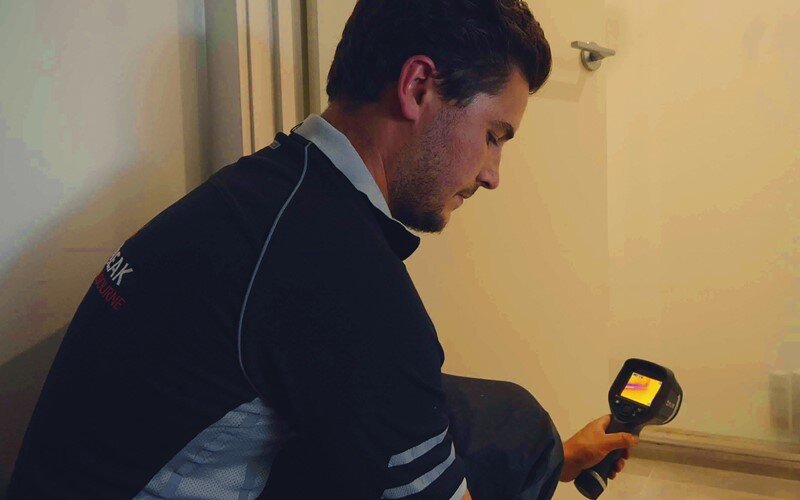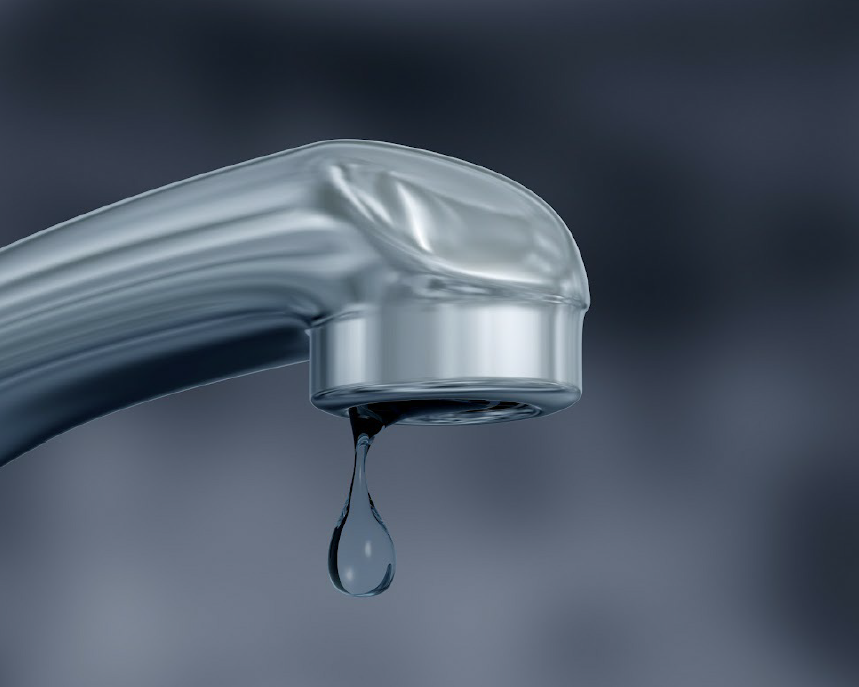Overview To Water Leak Detection At Home
Overview To Water Leak Detection At Home
Blog Article
Right here in the next paragraph you can get more helpful expertise all about Finding hidden leaks.

Early detection of leaking water lines can reduce a prospective disaster. Some small water leakages might not be visible.
1. Take A Look At the Water Meter
Every house has a water meter. Inspecting it is a proven manner in which helps you find leakages. For beginners, switch off all the water sources. Guarantee nobody will certainly purge, make use of the tap, shower, run the cleaning equipment or dishwasher. From there, go to the meter and watch if it will change. Because no one is using it, there should be no movements. If it relocates, that shows a fast-moving leakage. Likewise, if you detect no changes, wait a hr or more and check back once more. This implies you might have a sluggish leakage that might even be below ground.
2. Examine Water Consumption
Evaluate your water costs as well as track your water consumption. As the one paying it, you must see if there are any inconsistencies. If you spot sudden changes, regardless of your usage being the same, it implies that you have leaks in your plumbing system. Keep in mind, your water expense must fall under the same array on a monthly basis. An unexpected spike in your expense indicates a fast-moving leakage.
At the same time, a consistent boost every month, despite having the same behaviors, shows you have a sluggish leak that's likewise slowly escalating. Call a plumber to completely check your residential or commercial property, particularly if you feel a warm location on your flooring with piping below.
3. Do a Food Coloring Examination
30% comes from toilets when it comes to water usage. Test to see if they are running appropriately. Drop specks of food color in the container and also wait 10 minutes. There's a leak in between the tank and also dish if the shade somehow infiltrates your bowl throughout that time without flushing.
4. Asses Outside Lines
Don't forget to examine your outdoor water lines also. Must water leak out of the connection, you have a loose rubber gasket. One little leak can waste heaps of water and increase your water expense.
5. Evaluate the situation as well as evaluate
Home owners ought to make it a habit to examine under the sink counters and even inside cupboards for any bad odor or mold and mildew development. These two red flags show a leakage so prompt attention is needed. Doing routine inspections, even bi-annually, can conserve you from a major trouble.
If you know your house is currently old, maintain a careful eye on your heaters, tubes, pipelines etc. Look for stainings and also damaging as most appliances and pipelines have a life span. They will certainly likewise normally wear away as a result of tear and put on. If you suspect dripping water lines in your plumbing system, don't wait on it to escalate. Call an expert plumber right away so you don't wind up with a dreadful mess in your house.
Early discovery of dripping water lines can reduce a possible catastrophe. Some tiny water leakages may not be noticeable. Examining it is a proven method that aids you uncover leaks. One little leak can waste heaps of water and spike your water costs.
If you suspect dripping water lines in your plumbing system, don't wait for it to escalate.
How to Know If Your Home Has a Hidden Leak
Water Meter Reveals Inexplicable Water Usage
If you’d like to test whether or not there’s a leak somewhere in your home, you can do this using your water meter. Here is how to conduct the test:
Don’t use any water in your home for at least 30 minutes; this also means not turning on faucets or water-using appliances.
Go outside, and check your water meter for activity.
If your water meter shows that there was activity, even though no one was using any water, this proves that there is a leak in your home.Visible Mold or Mildew Growth
Leaks behind walls create moist, dark environments that allow mold and mildew to grow and thrive. Eventually, you might see mold growth forming on the wall closest to a hidden leak.
If mold is growing in an area that receives a high amount of moisture, such as a bathroom, it may simply be an indication that better ventilation is needed. However, if you see mold growth on a wall or the ceiling in an area where you would not expect, you probably have a hidden leak.
Musty, Mildew Odor
Sometimes you might not be able to see the mold or mildew that is growing as a result of a leak. However, the smell can give the problem away just as easily. If you catch a whiff of something musty, there’s a good chance that old water is collecting somewhere in your home that you can’t see.
Stained/Warped Walls, Ceilings, or Floors
When your home soaks up water, a variety of red flags can become visible, including ceiling stains, bubbling drywall, warped walls, and sagging floors. While these issues can be caused by excess humidity, they can also be signs that a pipe or plumbing connection has started leaking behind your walls.
Inexplicably High Water Bill
After a while, you get a general sense for what your water bill should be. If you own a pool or sprinkler system, your bill will tend to be higher during summer. However, if you receive a water bill that seems especially high, and you can’t figure out what caused it, then you may have a hidden leak somewhere that’s increasing your bill.
https://www.plumbingjoint.com/blog/2019/july/how-to-know-if-your-home-has-a-hidden-leak/

As an enthusiastic reader about Top leak detection hacks, I think sharing that short article was worth the trouble. Sharing is caring. Helping others is fun. Many thanks for your time. Visit again soon.
Report this page